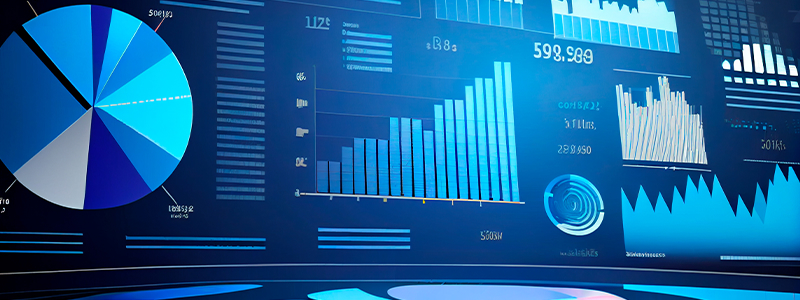What is an Electronic Data Interchange (EDI)?
Electronic Data Interchange (EDI) is the exchange of business information done electronically using a structured, standardized format. It allows companies to send useful information digitally instead of using paper. Here is an EDI example.
EDI Example
Some common EDI examples include purchase orders (EDI 850), shipment status, invoices containing customs information, inventory documents, and payment confirmations. One such example is when an automobile dealer can use EDI to request the credit report of a buyer. Within a matter of minutes, the dealership system can electronically transfer and analyze the credit history to quote the rate at which the car will be given to a potential customer.
EDI Document Types
There are different types of EDI document types, such as:
- EDI 810 Invoice
- EDI 850 Purchase Order
- EDI 820 Payment Order
What is an EDI 810 Invoice?
An EDI 810 invoice is one of the most commonly used electronic documents or transaction sets that comply with ANSI X12 EDI specifications. However, the format of the EDI 810 invoice is complex, therefore an average buyer would struggle to interpret it. It is a computer-to-computer-based exchange of information that facilitates quick and error-free communication between businesses. An 810 EDI invoice is supposed to be sent, received, and understood by EDI software.
EDI 810 Invoice Segments
An EDI invoice is the electronic version of a paper-based bill or invoice that contains the information required for a usual paper-invoice purchase transaction, such as:
- The items ordered and their cost
- Quantity ordered
- Invoice number
- Shipping date
- Date of invoice
- Payment terms
- Discounts offered
- Billing and shipping details
How is an EDI 810 Invoice Used?
All the information included in an 810 EDI invoice is organized into different segments and data elements in accordance with the EDI 810 specifications. The purpose of using this EDI specification is to save time, money, and labor spent on manually preparing, printing, and mailing a paper-based invoice. The main benefit is that it allows for the rapid exchange of important transaction information between enterprises.
EDI 810 Invoice Specifications
The EDI 810 X12 Transaction set is used for providing billing transactions in an industry-standard specified format. It is sent in response to an EDI 850 Purchase Order as a request for payment after the goods have been shipped or the services are rendered. The vendor will generate an EDI invoice transaction set 810.
Other EDI documents that can be transmitted in response to EDI 810 transaction include:
- Functional Acknowledgement EDI 997 – It confirms the receipt of the EDI 810 transaction.
- Text Message EDI 864– It reports any business violations detected in the EDI 810 invoice.
- Remittance Advice EDI 820 – It details the payment of the invoice, or the remittance advice or both.
EDI X12 810 Invoice Transaction Sample
The following example details the format of the EDI 810 invoice[1]:
ISA*00* *00* *ZZ*VENDORID *08*9251190000 *040101*2245*U*00401*000000001*0*P*\~
GS*IN*VENDORID*6125404455*20040101*2245*1*X*004010~
ST*810*0001~
BIG*20140905*93608602*20140730*45056564~
N1*RI*Vendor Name*92*00231629~
N3*Vendor Street Address~
N4*City*IL*606930024*US~
IT1*0000010*660*LB*4.07*PE*BP*2018710000*MP*12345*VN*944940~
PID*F****OREGANO TURKISH WHOLE A 20#BG~
DTM*011*20140904~
SAC*C*D240***5500~
N1*ST*GENERAL MILLS*92*01HNWA~
N3*ONE RED DEVIL RD~
N4*HANNIBAL*MO*63401
TDS*280120~
SAC*C*G530***6000~
CTT*1~
SE*16*0001~
GE*1*1~
IEA*1*000000001~
https://www.generalmills.com/~/media/Images/GMI/TradingPartners/NorthAmerica/EDI810SpecDocumentationFAQ.pdf?la=en

